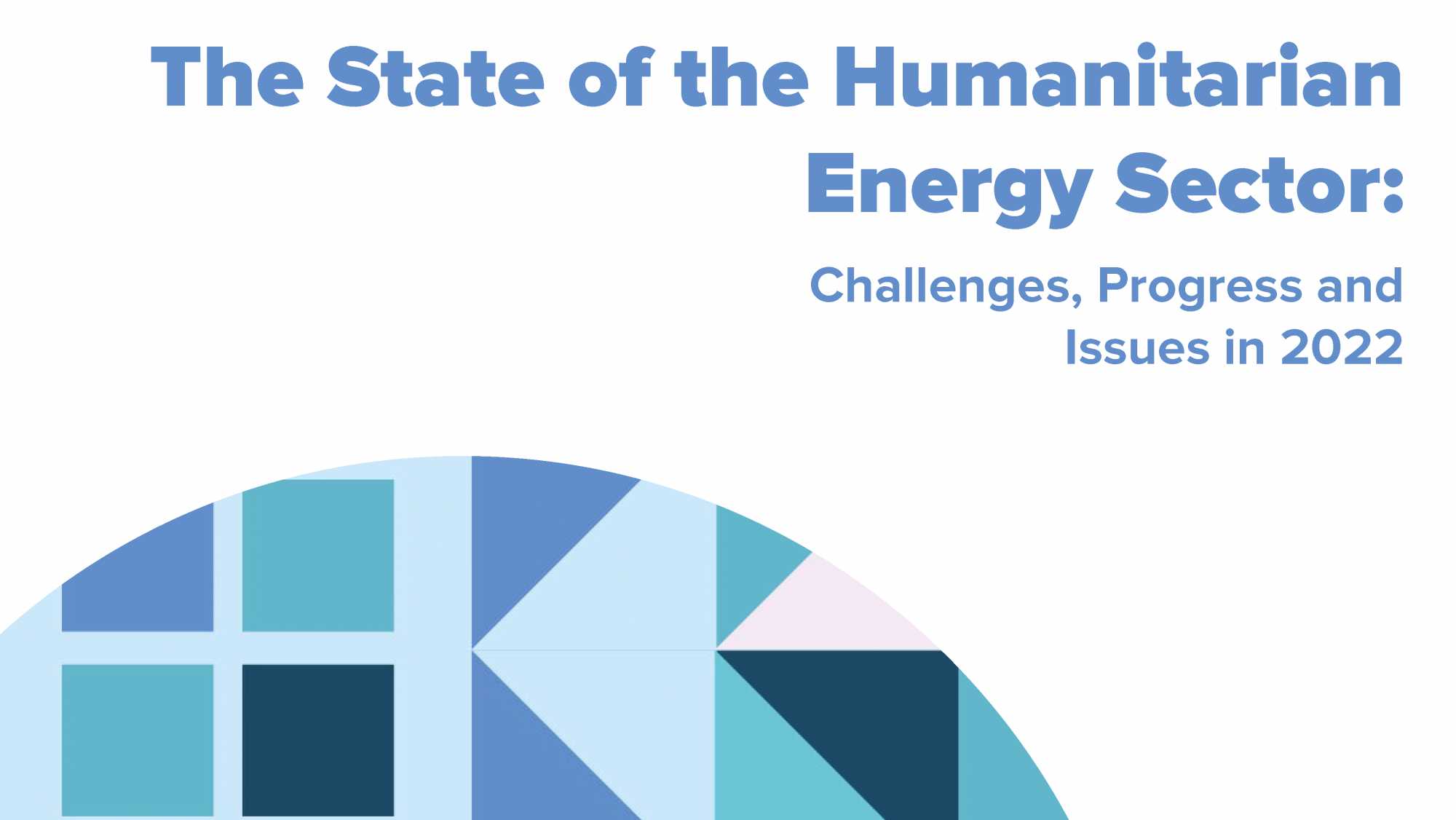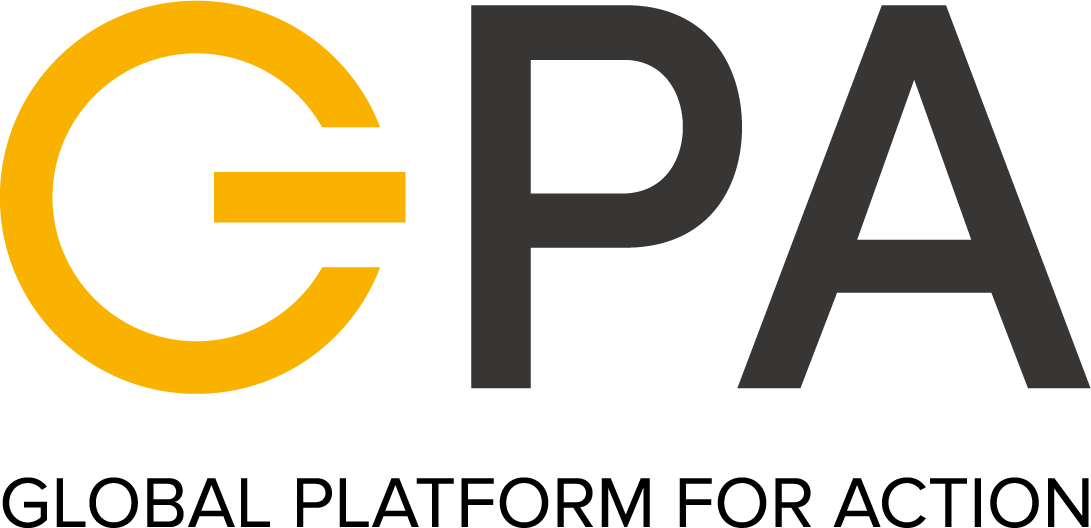In this section
In this section
Authors: Dr Hajar Al-Kaddo and Dr Sarah Rosenberg-Jansen
Sustainable Energy Needs for Displaced People
Worldwide, 770 million people do not have electricity access and there are 2.5 billion people without access to clean cooking solutions. Accelerating towards clean energy access goals and just transitions for all are at the heart of SDG7 targets, however, figures show that we are not on track to meet these goals, especially for displaced populations. Currently, there are over 102 million forcibly displaced people worldwide, the vast majority of whom do not have access to sustainable energy: over 94% of displaced people in camps do not have access to sustainable electricity sources and 81% do not have access to modern cooking solutions.
At the GPA Humanitarian Energy Conference (HEC) in Kigali in May 2022, the CEO of Sustainable Energy for All (SEforALL), Damilola Ogunbiyi, reiterated that the golden thread to energy access and leaving no one behind means that we must act on climate change solutions while putting people first. The futures of displaced populations, 80% of which are hosted by developing countries, rely on clean, equitable, just energy access, and the clean energy transition should be at the forefront of humanitarian sector agendas.
The State of the Humanitarian Energy Sector in 2022: SOHES Report
The State of the Humanitarian Energy Sector (SOHES) report was launched on the 16th May 2022, and explores the major challenges, progress and issues associated with humanitarian energy. This seminal report was led by the Global Platform for Action on Sustainable Energy in Displacement Settings (GPA) and co-authored by leading humanitarian energy institutions: UNITAR, Chatham House, IOM, SEforALL, GIZ, Practical Action, NORCAP, Mercy Corps, University of Oxford, MECS, UNDP, Imperial College London, Selco Foundation, International Lifeline Fund, and UNHCR. The SOHES report aims to inspire and encourage humanitarian energy sector partners, the private sector, and donors to progress towards better funding, inclusive policy-making, enhanced data collection, and inclusive innovative delivery towards achieving SDG7 targets. The report demonstrates the value of inclusive research and shares a variety of insights from sector leaders, champions and voices from multiple humanitarian and development organisations, the private sector, academia and governments and most importantly displaced people themselves.
The report builds on over 30 extensive interviews and a collaborative research process, evidencing ten years of progress, innovation and challenges for humanitarian energy. The nine chapters of the report provide a deeper analysis of coordination and governance, policy and advocacy issues, delivery and technical capacity building, financing and funding, and evidence within the sector, while the final chapters of the report outline progressive action and practice. The analysis also demonstrates the high levels of innovation and diversity of practice within the sector by different stakeholders, highlighting the need for further collective action and ambitious leadership to support the vision of reaching SDG7 for displaced people.
Key Facts and Findings from SOHES 2022
The research analysis, case studies development and interviews with experts within the sector, revealed four key messages:
- The vast majority of the world’s displaced people do not have access to affordable, reliable, sustainable and modern sources of energy: an estimated 94% of displaced people in camps do not have access to electricity and 81% rely on firewood and charcoal for cooking.
- Millions of displaced people live in the dark, surrounded by smoke and pollution, unable to access basic electricity services or sustainable cooking solutions.
- The total energy and environmental investment funding requirements listed in current humanitarian response plans, covering 28% of global refugee populations, was estimated at US$300 million for 2021. Scaling this to all refugee populations would have cost over US$1 billion for 2021. To cover all refugee energy needs globally between 2022 and 2030 would require over US$10 billion.
- Without substantial investment and decisive political action, Sustainable Development Goal 7 is highly unlikely to be achieved in displacement contexts by 2030.
Overwhelmingly, the report evidences that we now know that urgent and bold action by all stakeholders to achieve energy access for displaced populations is required. There must be central mechanisms of de-risking energy interventions for current and newer stakeholders through better funding mechanisms, innovative and blended financial investments, ambitious and inclusive policies, data and regulations that encourage innovations and better knowledge of the needs and contexts for efficient and sustainable project implementation. Without such change, refugees and displaced people will be left behind in the journey to ensure energy access for all.
SOHES report and core information:
- Executive summary: Download here.
- Full report: Download here.
- SOHES launch presentation at the Humanitarian Energy Conference - 16th May 2022: Download here.
Further evidence and resources:
- Chatham House. Analysis of governance and policy progress: Online Here
- GPA and NRC. Blended Finance Solutions for Clean Energy in Humanitarian and Displacement Settings report: Online here.
- GPA and MECS. Indicators and Energy Measurement in Humanitarian Energy Report: Online here.
- GPA Research and Evidence Report: Online here.
- Mercy Corps Inclusive Energy Handbook - practical guide: Online here.
- Book: Energy Access and Forced Migration: Online here and academic research published online here.
For further discussion of the report and these issues, please reach out to Thomas.FOHGRUB@unitar.org, Sarah.RosenbergJansen@gmail.com, or hajar@alkaddo.com.
Last updated: 20/07/2022
